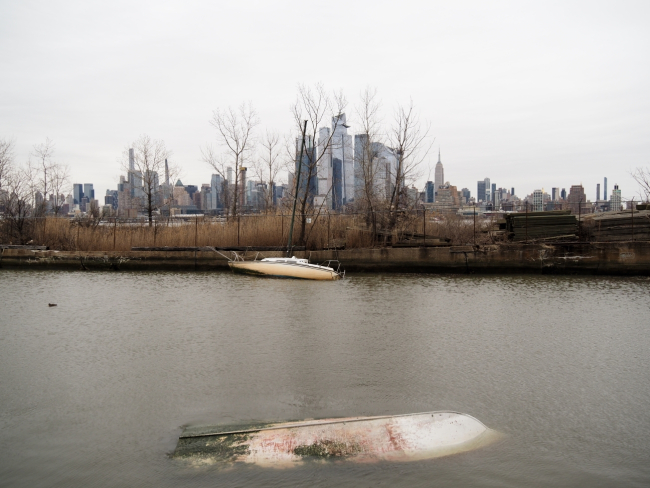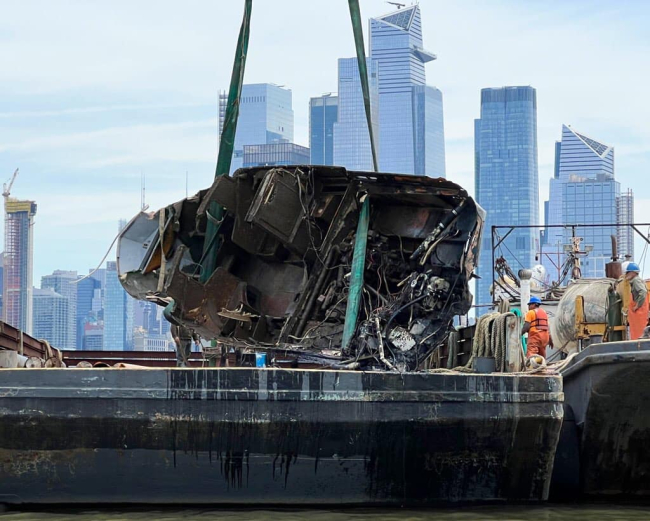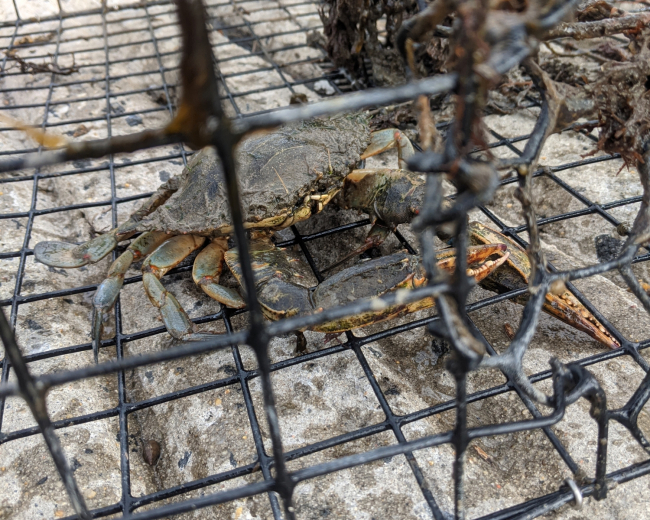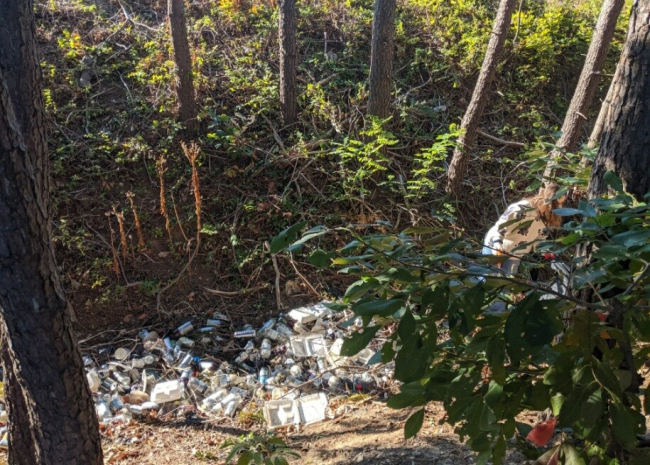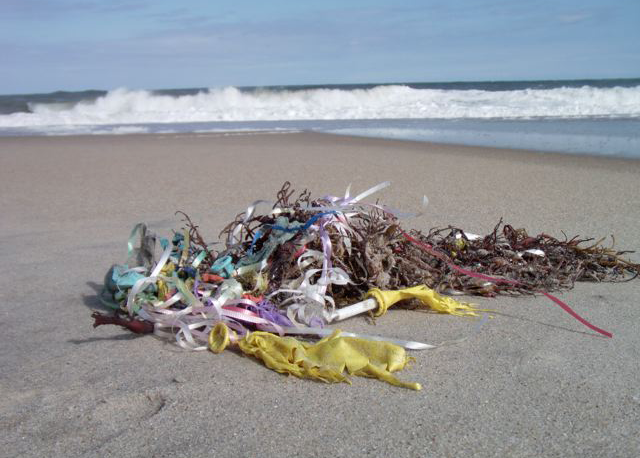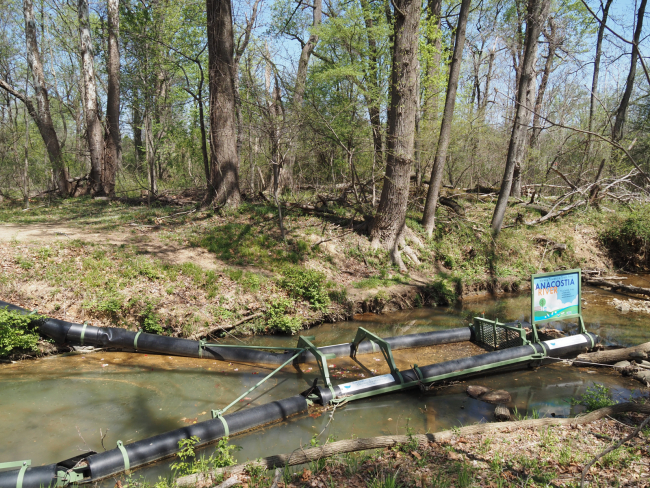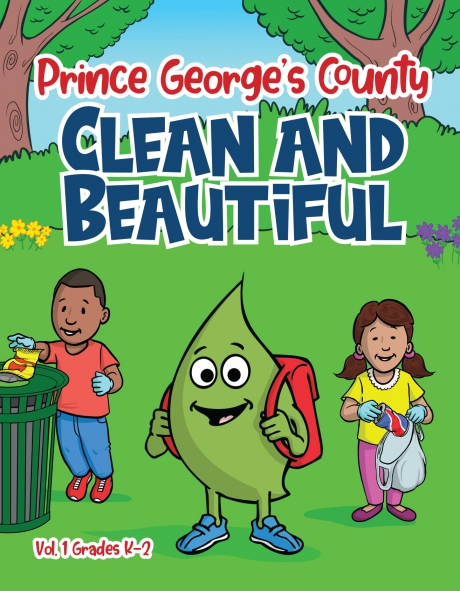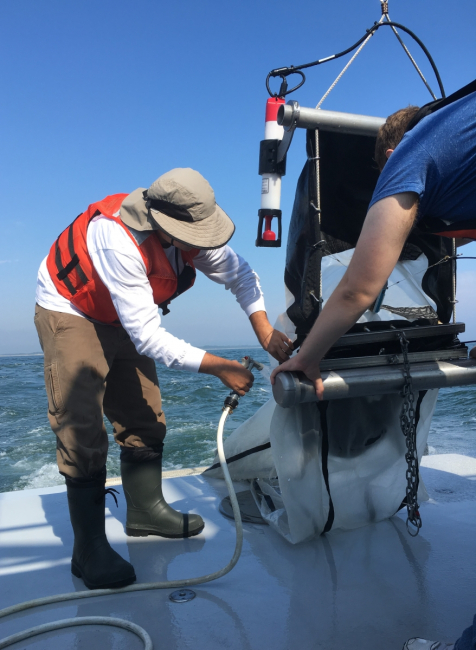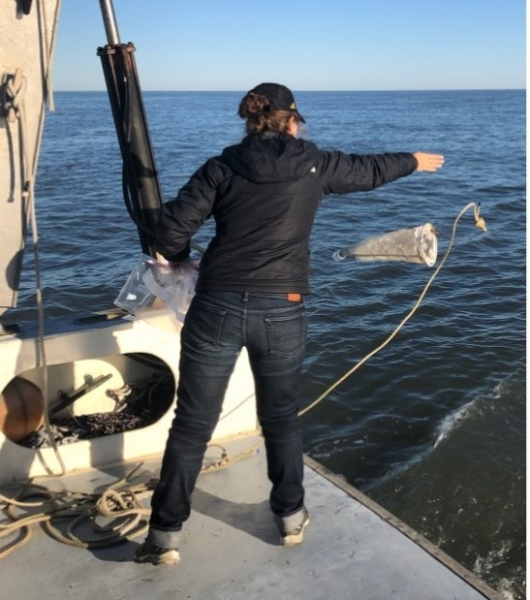
The Mid-Atlantic coast of the United States is a large and dynamic place. Home to over 10,000 miles of coastline and spanning from Virginia to New York, it features major metropolitan areas, iconic coastal bays and estuaries, and an incredible array of wildlife and habitats. The Mid-Atlantic provides a home, refuge, and nursery habitat for a variety of species and supports a vibrant coastal economy - including tourism, fisheries, and recreation.
Unfortunately, seemingly everywhere we turn, marine debris can also be found. Debris litters the Mid-Atlantic waterways and coastlines, entangles and captures wildlife, scars habitats, and harms the regional economy. Recognizing the threats that marine debris poses, the NOAA Marine Debris Program facilitated regional experts in creating and publishing a Marine Debris Action Plan. This framework aims to strengthen regional partnerships and reduce marine debris across the Mid-Atlantic states. Combined with coordinated efforts like this, the NOAA Marine Debris Program is proud to support community-based projects that are making progress on marine debris in the Mid-Atlantic.
The City of Hoboken, New Jersey, and its partners successfully removed 14 abandoned and derelict vessels and structures that had long been littering Weehawken Cove, as well as two vessels upriver near Kingston, New York. The New York City Department of Parks and Recreation is also working to remove medium to large debris items, including abandoned and derelict vessels, from two salt marsh sites in Jamaica Bay, Queens, New York.
In Delaware, the University of Delaware worked to remove derelict crabbing gear littering the shallow coastal system. Over two winter seasons, the team mapped hundreds of lost pots sitting on the bottom of the inland bays, and recruited, trained, and deployed dozens of volunteers to mark and remove pots. In the summer months, research teams were back on the water to assess ghost fishing in derelict pots, while outreach professionals met with local communities to expand awareness of how to properly rig and deploy their pots to avoid unintentional losses.
Many organizations throughout the region are also working to shift community behaviors in a way that reduces marine debris. George Mason University and partners, such as Keep Prince William Beautiful, have implemented a behavior change campaign at two Virginia high schools, focused on encouraging the use of reusable water bottles as an alternative to single-use plastic bottles. The Mid-Atlantic Regional Council on the Ocean is similarly working on a behavior change effort focused on preventing the intentional release of balloons into the environment by providing meaningful alternatives.
In Prince George’s County, Maryland, county officials installed litter traps - floating devices that can capture litter during storm events - along two tributaries to the Anacostia River, as a way to capture debris already in the environment. The County also produced a complementary educational series for students that champions prevention of litter as the ultimate solution to marine debris.
And finally, active research is currently being conducted to better understand marine debris issues. The University of Delaware has projects focused on the effects microplastics have on blue crab larvae and the movement of debris through the Delaware River and Bay. A team at the University of Maryland Center for Environmental Science is tracking microplastics in the Choptank River, and researchers from Rutgers University are studying the movement of microplastics down the Delaware River.
Make your way to our blog and social media throughout this month as we highlight these projects and the many ways our Mid-Atlantic partners are making progress on marine debris!

